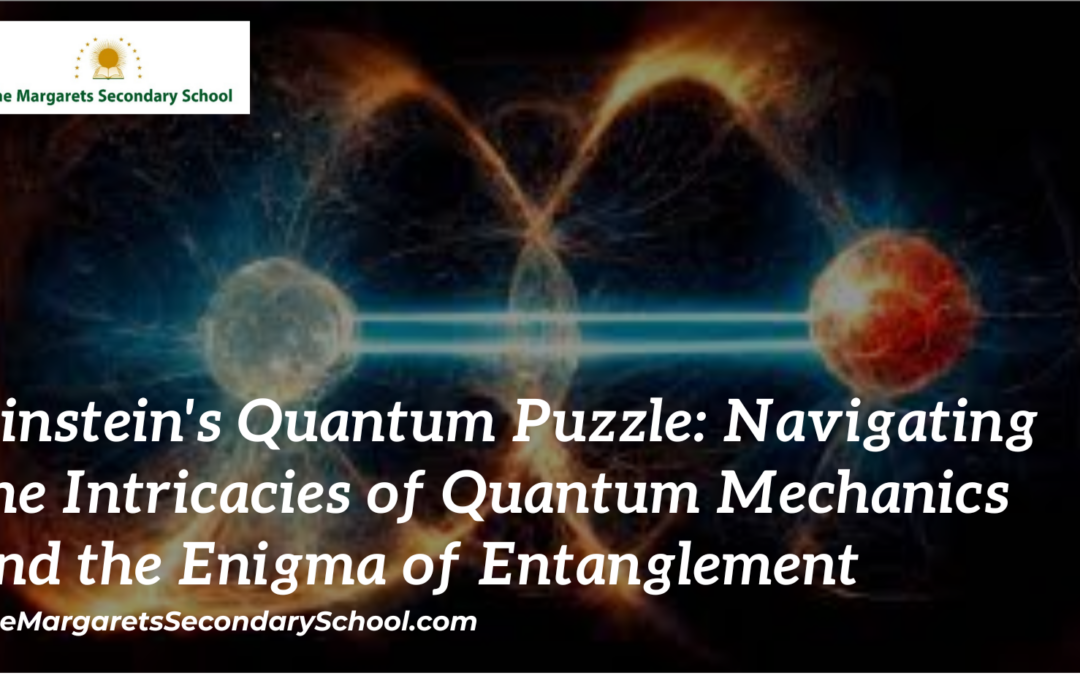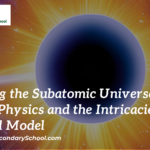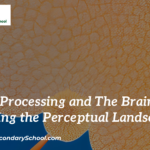Quantum Mechanics and Entanglement
In the realm of science, few areas are as fascinating and puzzling as quantum mechanics, a field that challenges our conventional understanding of reality at its very core. Albert Einstein famously referred to it as “spooky action at a distance,” reflecting his discomfort with one of its most perplexing phenomena: entanglement. In this exploration, we venture into the intricate world of quantum mechanics, unravel the mysteries of entanglement, and consider the ongoing efforts to comprehend this mind-bending puzzle.
Quantum Mechanics: The Quantum Revolution
Quantum mechanics is the branch of physics that deals with the behavior of particles on the tiniest scales. Unlike classical physics, where objects have well-defined positions and velocities, quantum particles exist in a superposition of states, capable of being in multiple places or states simultaneously. This wave-like behavior challenged the deterministic worldview that had been established by classical physics.
Wave-Particle Duality and Uncertainty Principle
One of the cornerstones of quantum mechanics is the concept of wave-particle duality. This principle suggests that particles, such as electrons and photons, can exhibit both particle-like and wave-like behavior depending on the context of the experiment. This duality laid the foundation for the famous Heisenberg Uncertainty Principle, which states that certain pairs of physical properties, like position and momentum, cannot be precisely measured at the same time.
Entanglement: Quantum’s Spooky Connection
Entanglement, perhaps the most perplexing feature of quantum mechanics, involves a deep and inexplicable connection between particles. When particles become entangled, their states become correlated in a way that defies classical explanations. This correlation persists even when the particles are separated by vast distances, leading to the notion that information can be instantaneously transmitted between them, violating the speed of light barrier.
Quantum Teleportation and Quantum Computing
The intriguing phenomenon of entanglement has practical implications as well. Researchers have harnessed entanglement to achieve quantum teleportation, a process that transfers the quantum state of one particle to another over a distance. Furthermore, entanglement forms the basis of quantum computing, promising unprecedented computational power for solving complex problems that are beyond the capabilities of classical computers.
The Einstein-Podolsky-Rosen Paradox
Einstein, along with his collaborators Podolsky and Rosen, proposed a thought experiment designed to challenge the implications of entanglement. They argued that entanglement seemed to violate the principles of locality and realism, implying that there must be “hidden variables” governing particle behavior that we have yet to uncover. This sparked decades of debate and experimentation seeking to either confirm or refute their assertions.
Deciphering the Quantum Enigma
Decades after Einstein’s skepticism, entanglement remains a fundamental aspect of quantum mechanics. Scientists continue to investigate its nature, seeking to understand the intricate connections it creates between particles and exploring its potential applications. While the enigma of entanglement persists, its study has led to technological advancements and deeper insights into the nature of the quantum world.
Conclusion
Quantum mechanics challenges our intuition and stretches the boundaries of our understanding of reality. As we navigate the intricacies of this puzzling field and delve into the enigma of entanglement, we find ourselves on a journey that not only transforms our view of the universe but also pushes the frontiers of scientific exploration. Einstein’s quantum puzzle reminds us that the universe is full of mysteries waiting to be unraveled, and each step we take into the quantum realm brings us closer to understanding the true nature of existence.





